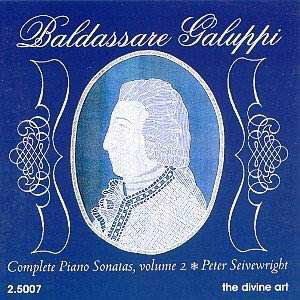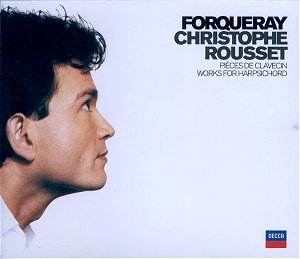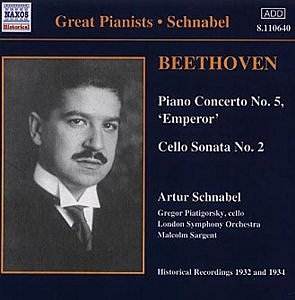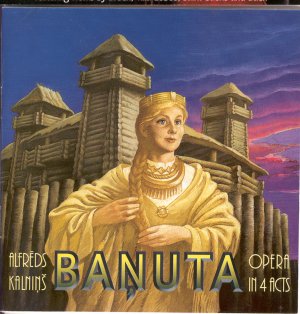 Composer: Baldassare Galuppi
Composer: Baldassare Galuppi
Works: Complete Piano Sonatas Vol. 2 (Sonatas in C major, G major, F major, C minor, F major, D minor, D major, B-flat major, A major)
Performers: Peter Seivewright, piano
Recording: Recorded on 11/12 September 1999 at the Matt Thomson Concert Hall, Royal Scottish Academy of Music and Drama, Glasgow, DDD
Label: The Divine Art 2.5007
Baldassare Galuppi, a key figure of the Venetian school, occupies a unique niche in the transition from Baroque to Classical styles. His keyboard works, particularly his piano sonatas, reveal a tapestry woven with both the remnants of the past and the anticipations of the future. This second volume of his complete piano sonatas sheds light on his artistry, showcasing compositions that, while charming, often skirt the edges of memorability. The sonatas featured here were crafted during a period when Galuppi was celebrated for his contributions to operatic and sacred music, yet they also reflect a composer grappling with the evolving currents of Enlightenment thought—a tension that informs the music’s aesthetic.
Peter Seivewright, the performer on this recording, approaches the repertoire with a scholarly fervor that is commendable. His accompanying essay provides insightful context, linking Galuppi’s work to the Counter-Enlightenment movement and its philosophical underpinnings. Yet, while Seivewright’s intellectual engagement with the music is evident, his interpretative choices raise questions about the delivery. The elegance of Galuppi’s melodies, as well as his keen harmonic explorations, often suffer under a performance style that feels more like commentary than an organic realization of the music. For instance, in the C major Sonata, the opening Allegro is marked by a buoyant spirit that Seivewright captures but then loses in a tendency towards halting phrasing. This tendency detracts from the flowing dialogue between the left and right hands, a hallmark of Galuppi’s style.
The technical aspects of Seivewright’s performance warrant scrutiny as well. Although he displays a clear understanding of the music’s structure, the execution lacks the fluidity that Galuppi’s sonatas demand. The F major Sonata, for example, calls for a lightness of touch and a sense of buoyancy that is occasionally overshadowed by a heavier approach, which can make the music feel labored rather than lively. Additionally, the recording itself presents challenges; the piano, despite being a Steinway “D,” struggles to convey warmth, often sounding brittle and clangy in its upper registers. The close mic’ing, intended to capture the modern piano’s capabilities, inadvertently creates a sound environment reminiscent of a voluminous instrument confined to a cramped space, leading to a listening experience that feels less immersive and more clinical.
In the broader context of Galuppi’s discography, this recording stands as a valuable addition, although it may not fully satisfy those familiar with the interpretative richness found in performances by other pianists such as Angela Hewitt or even historical instrument specialists. Their nuanced understandings of the sonata form and its expressive potential often yield performances that resonate with the listener long after the final note has faded. Seivewright’s commitment to bringing Galuppi’s less familiar works to light is laudable and reflects a devotion to music scholarship.
The effort to revitalize Galuppi’s music is commendable, yet the execution here leaves much to be desired. While the sonatas are indeed worthy of exploration, the performance does not consistently do justice to the elegance and innovation that characterize Galuppi’s oeuvre. For those interested in delving into the lesser-known corners of keyboard music, this recording may serve as an introduction, but it is likely that listeners will find greater satisfaction in uncovering the scores themselves and engaging with the music on a personal level.



